
Ceremonial Elements
There are many more ceremonies or unique ways you may want to use to symbolise your special occasion. Just let me know your thoughts and I will incorporate them into your bespoke ceremony.
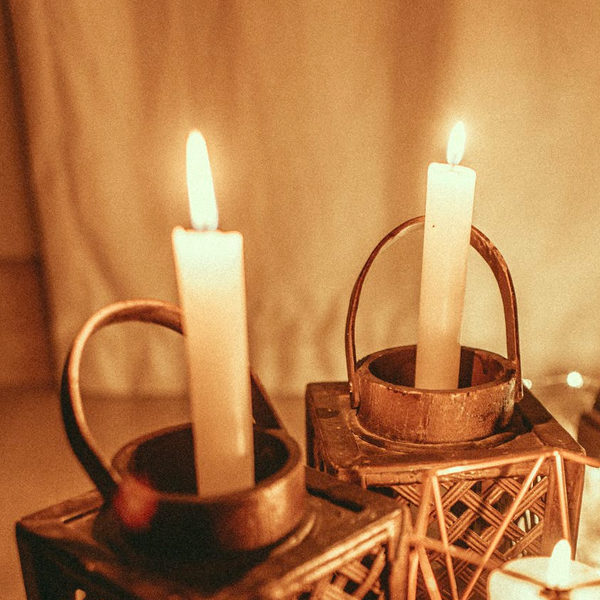


Candle Ceremony
Two taper candles are set either side of a symbolic unity candle.
For the special couple, when the two taper candles are lit they symbolise their separate lives, separate families and separate sets of friends.
Each takes a taper candle and together they light the central unity candle. Lighting the centre unity candle denotes that the two lives are now joined as one light, and the joining together of their families and both sets of friends becoming one.
The coming together of two lights into one is beautiful in its simplicity. The couple, each holding a taper of their own, meld their flames to light the wick of a single candle. This one, stronger flame symbolises their love and lives burning brighter as they face the future together. It’s always wonderful to see the ways in which this ritual can evolve, taking a form that is personally meaningful to each couple.
The central unity candle will hold a special significance on the day. If a couple use a candle during their ceremony, they can reignite it on each anniversary of their union. This is a lovely way for a couple to reconnect with the happy memories and promises made on their special day. Nurturing the light, respecting its symbolism and rejoicing in its creation is a powerful way to reaffirm their love and unity as the years go by.
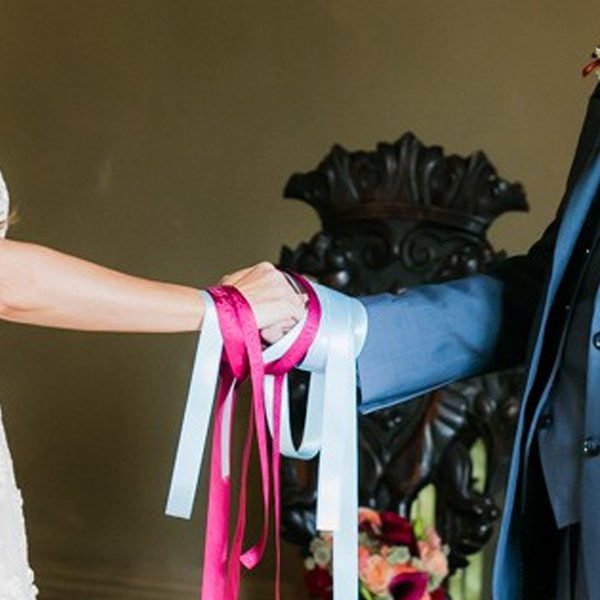


Handfasting
Handfasting is an element incorporated into a wedding ceremony where the couple’s hands are symbolically bound in marriage. It is thought the term “Tying the Knot” comes from the tradition of handfasting.
This ceremony is ideal for involving children, parents, siblings or close friends to be a part of the ceremony rather than just watch as guests. If the couple choose to include others into their ceremony, individual ribbons are placed around their hands by each person. This is an easy way for children to be involved. Some couples decide that the knot is to be tied by their child, some by the bride’s father.
The traditional elemental colours of white, blue, green or brown, red or orange are often used for the binding ribbons in the ceremony. Some couples also choose two other colours in representation of them as individuals. Three knots are tied in the end, binding them as a couple. Once the knots have been tied and the couple bound, their hands are freed and the handfasting binding are kept as a reminder of their union and commitments to each other.
A nice way of remembering a relative and having them be part of the ceremony is for a couple to choose bridal lace, a scarf or a tie of a relative they would like to remember and incorporate it into their handfasting ceremony.



Heirlooms
So much of what parents pass down to their children comes in practical skills; showing them how to cook, change a fuse or teaching them to drive. They all have a meaning and memories and often result in arguments and door slamming, as the learner masters the skills involved.
However, none of these traditions are more time-honoured or valued than passing down a treasured item, be it a watch, a piece of jewellery, a painting, a favoured book or case of wine. These items are tangible, a small token of the bond that can be viewed, touched, used and worn, becoming unique to the recipient with every passing year.
Heirlooms are a symbolic legacy our lineages leave behind. An heirloom requires a responsible keeper, a considerate steward during their time as owner: To honour the tradition and keep the item original and complete.
Taking care of an heirloom isn’t just for the recipient; they are preserving it for the next generation. It is a reward and a responsibility, to cherish and never take for granted.
During the ceremony an heirloom can be incorporated and bestowed upon the recipient by parents or a grandparent, ensuring the family legacy continues and is remembered on this special occasion.
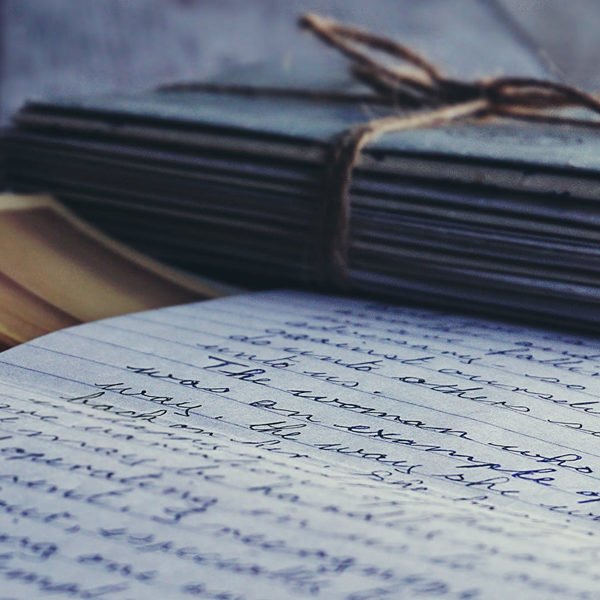


Love Letters
A couple may have chosen a Love Letter Treasure Trove to be a symbol of their union. A Love Letter Treasure Trove, requires the couple to each bring a love letter they have written for their soon to be spouse.
The letters will be a record of their thoughts, feelings and ambitions for their union before their special day. They may include the qualities they appreciate in each other, or their hopes and dreams and reasons for choosing to become a union. It could include how they met, the reasons they fell in love, or the moment they knew they wanted to share their lives with each other. No one else can read the letters they have written to each other; they are secret letters to their future selves.
The Treasure Trove is meant to be opened on a significant anniversary of the couples’s choice. When the box is opened and the contents read it is a time to reflect on what brought them together. It is a reminder of what they love about each other, and why they decided to be partners for life.
It could be that these memories will spur the couple on to write new letters to each other and how they feel about their future dreams. It is a continuation of what they started on their special day and how their understanding of each other has grown and matured with their love of each other.
The Treasure Trove can be resealed with the new and old letters together, to be read on another anniversary as a perpetual history of their promises to each other; making the Treasure Trove true to its meaning as a collection of valuable and delightful things.
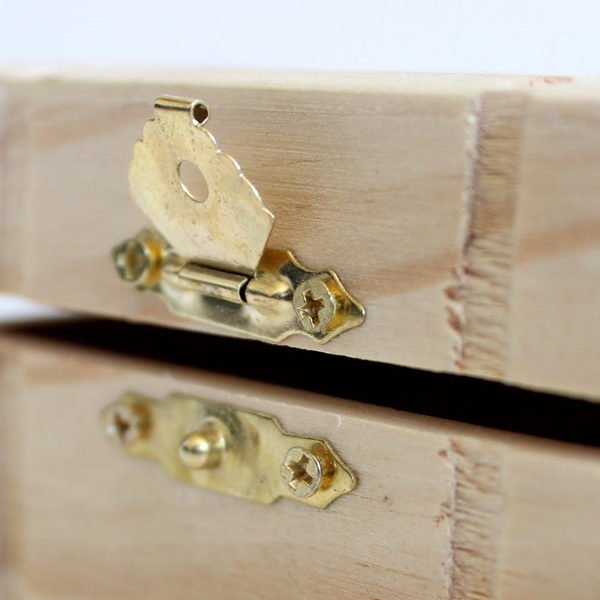


Memory Box
A couple may have chosen a Memory Box to be a symbol of their union.
A Memory Box may contain love letters sent to each other, but may also include photographs, mementos or music CD’s that have special memories for them. Guests may also have been invited to write letters of their memories of the couple or their good wishes for them on their special day.
Like the Treasure Trove it is meant to be opened on a significant anniversary of the couples’s choice. When the box is opened and the contents read it is a time to reflect on what brought them together. It is a reminder of what they love about each other, and why they decided to be together.
It could be that these memories will spur the couple on to write new letters to each other and how they feel about their future dreams. It is a continuation of what they started on their special day and how their understanding of each other has grown and matured with their love of each other.
The Memory Box can be resealed with the new and old letters together, new mementos or photographs of special times they have had since that day; to be read on another anniversary as a perpetual history of their promises made to each other.



Oathing Stone
Taken from the ancient Celtic custom of “setting an oath in stone” the couple place their hands upon a stone or hold it in their hands while reciting their vows It is believed that holding the stone during the vows in turn casts or sets them in stone.
Any stone can be used, perhaps one collected from a favourite place would be appropriate. The stone might be engraved with a Celtic knot etching or the date of the ceremony and the couple’s initials.
Alternatively, each guest may hold a ‘blessing stone’. As the couple exchange their wedding vows, guests hold a blessing stone tightly in their hand. Guests are asked to reflect for a moment on the wishes they have for the couple – for love, happiness, prosperity and unity.
This ceremony is a keepsake to cherish forever. A couple may choose to place the stones in an area of their garden to enable them to have an area for reflection of happy times and memories.
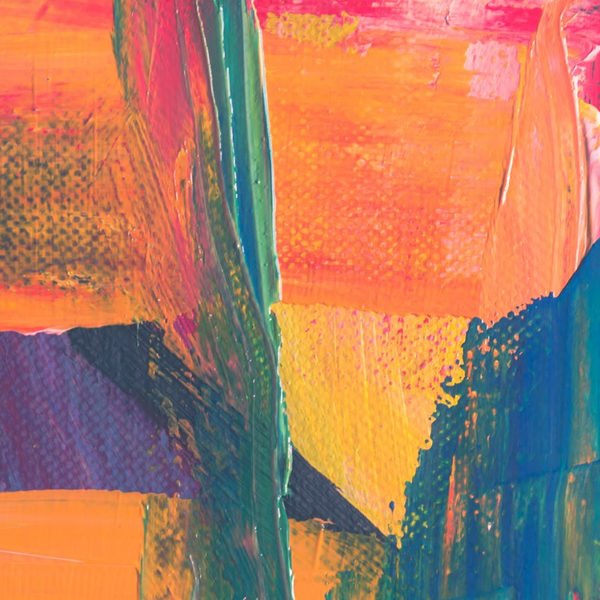


Painted Canvas
A couple may choose to incorporate a Painted Canvas ceremony into their wedding. This is a lovely way to involve their guests. There are many ways to produce a unique original canvas that can be hung with pride in their home for them to view each day to remind them of their special day and all those who helped make it so memorable.
The couple may choose the colours they particularly like, that may have special meaning to them. They may prefer to allow their guests to formulate an abstract design – and just see what happens!
Blocks of different shapes, may be used, to be reproduce a more contemporary design on the canvas. They may like the idea of an outline of a tree, each guest using their finger pressed onto the ink pad to transfer their print onto the tree as a leaf or blossom. The possibilities are endless.
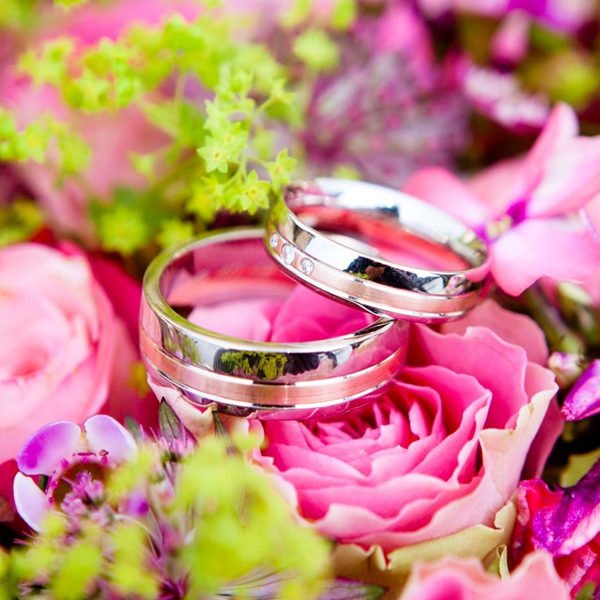


Ring Warming
Believed to be an Irish wedding ceremony tradition, the warming of the rings takes place when the couple’s wedding rings are passed around the guests during the ceremony. A ring warming ceremony gives wedding guests an opportunity to hold the wedding rings and wish good luck for couple to be married.
Each guest will briefly hold the rings either before or during the ceremony and take a moment to bestow their blessings or good wishes upon the couple. It is a meaningful way to involve all the guests in the ceremony and makes the wedding rings so much more significant knowing the bands carry the love and ambitions for the bride and groom from all their guests.
Ring warming ceremonies work in one of two ways. In the first, the rings are passed from guest to guest during the ceremony, receiving well wishes and blessings along the way. They are then returned to the bride and the groom who exchange them as a symbol of their love. As an alternative, a table can be set up at the entrance to the ceremony venue giving guests an opportunity to ‘warm’ the rings as they walk in. This works well especially for larger weddings.
This ceremony is not just an opportunity for friends to take a closer look at the wedding rings, but one that should be respected. Many guests will not understand what a ring warming ceremony is, so it may be prudent to include some information about the ceremony with the wedding invitations so they are familiar with the ceremony beforehand.



Rose Ceremony
Roses have been the flower most associated with love, not only symbolising the couples love for each other but the joining in love of two families.
A rose given to Mothers of the special couple is usually done at the beginning of the ceremony. The couple each honour the separateness of their families and now, the togetherness, with the giving of a rose to their mothers. In doing so they also acknowledge the love and sacrifice that each mother has made to make their children who they are today; people in love, who are ready to be in a committed, loving union of their own.
Alternatively, a bride may choose to have her own bouquet assembled during the ceremony. Each close member of the couples party, during the ceremony will bestow a rose as a gift to the bride in a colour that holds special wishes for the couple.
Eleven roses assure the recipient they are truly and deeply loved.
More traditionally a couple may offer each other a red rose after they have exchanged rings as the first gift given to each other as they join together in union. Red roses are a symbol of love.
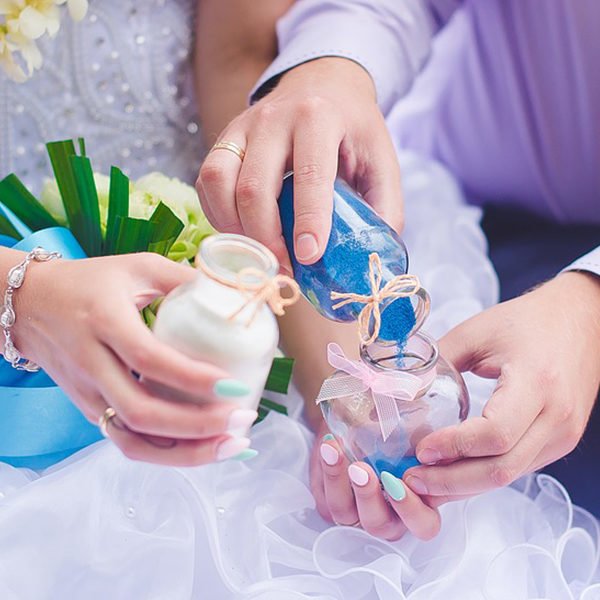


Sand Ceremony
Unity sand ceremonies, provide a unique element to a couples special day, creating a lifelong keepsake to cherish.
The sand ceremony is a similar element to a candle ceremony, and can be used when candles are not recommended, such as outdoors in case they blow out or there is also the small risk of fire from the lit candles. Sand is constant, and can be taken home by the couple as a keepsake of their special day, whereas a candle needs to be extinguished and is eventually spent.
Unity sand ceremonies require at least two different coloured sands, to be poured together into a third vessel, chosen by the couple. The blending of the sand symbolises the couple becoming one. Using sand also allows the couple to choose the colours of sand they want to blend that have special meaning for them.
The sand ceremony can take place at anytime during the ceremony but it’s more likely to be after the couple have said their vows and had their first kiss together. As it is symbolic it shows the act of the two individuals coming together as one. The traditional unity sand ceremony usually only involves the couple continuing to add layers until the vessel is full. However, there can be variations to the ceremony to make the celebration more meaningful. For instance, couples can include children or parents by giving them each a different coloured sand to pour. The family members then alternately pour their sand, creating several different layers.
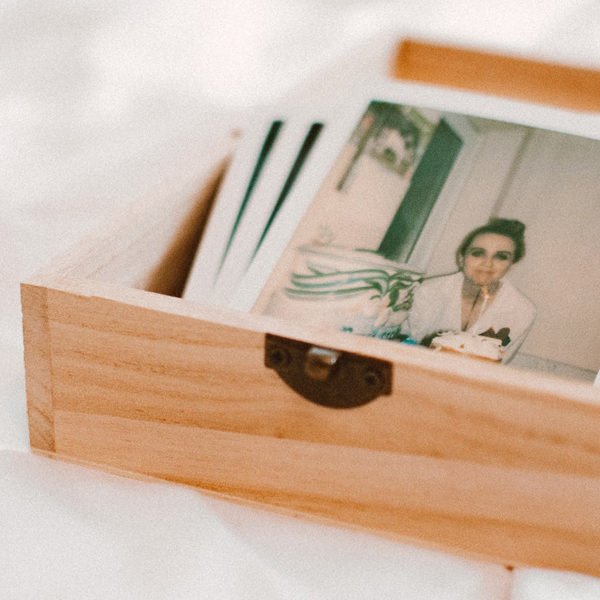


Time Capsule
A couple may have chosen a Time Capsule to be a symbol of their marriage.
Much like a memory box, it may include photographs, mementos or music CD’s that have special memories for the couple. Guests may also have written their memories of the couple or wishes of hope for from their special day. A couple may also choose to add the day’s newspapers as a reflection of the days world events.
A Time Capsule will be sealed and a date attached for when it should be opened; perhaps, at a future significant date for the couple or one of special meaning for their family. Often a time capsule will be buried in a garden or special place to be reclaimed on the agreed date.
This event will be ceremonial in itself and a unique way for younger family members to explore their heritage and learn about world events during that time.
New letters may then be written and added along with other artefacts and current newspapers and the time capsule buried once again until a future date.



Tree Planting
Planting a tree in celebration is an ancient tradition shared by numerous cultures around the world. You have to care for it and nurture it in order for it to grow and withstand the elements. A tree as it grows has many branches, much like that of a family.
A tree starts as a sapling and grows into a solid form, encompassing nature in all forms into and among its branches. A tree will stand for many years and see many generations before it. A mature tree has history contained within its bark.
Planting a tree is a beautiful idea as it can symbolise the growth of a couple’s relationship. Together they can see the tree grow just as their love and fulfilment into married life does. Like all good relationships, a tree must be nurtured and cared for to keep it alive and vibrant.
The couple might even want to include their guests or immediate family and friends, they may ask them to add their own scatters of soil or seeds. This is one of the most symbolic alternative unity ceremony ideas.
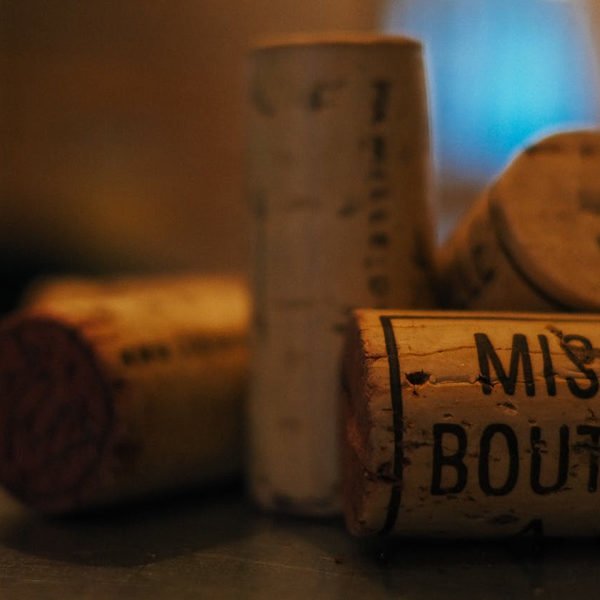


Wine or Gin Ceremony
There are many ways to perform a wine or gin ceremony and the great thing is that there is no one way to do it. You can start your own wine tradition. The principle is the union of two blends coming together as one. It is a very lovely and romantic way to incorporate symbolism into your ceremony.
Some couples like to make a blend from their favourite red wine and white wine, making their own special rosé that they sip together, symbolising their union as two become one. Two glasses may be poured so the couple can toast each other through interlocked arms.
Similarly, those who appreciate gin may wish to make their own blend and sip from the same glass during the ceremony.
Some traditional religious wedding ceremonies call for drinking wine and then taking a glass, wrapped in a cloth, and crushing it underfoot by the groom. Since many wine glasses can actually cut through a shoe, most couples will use a light bulb wrapped in a cloth or a keepsake velvet bag.